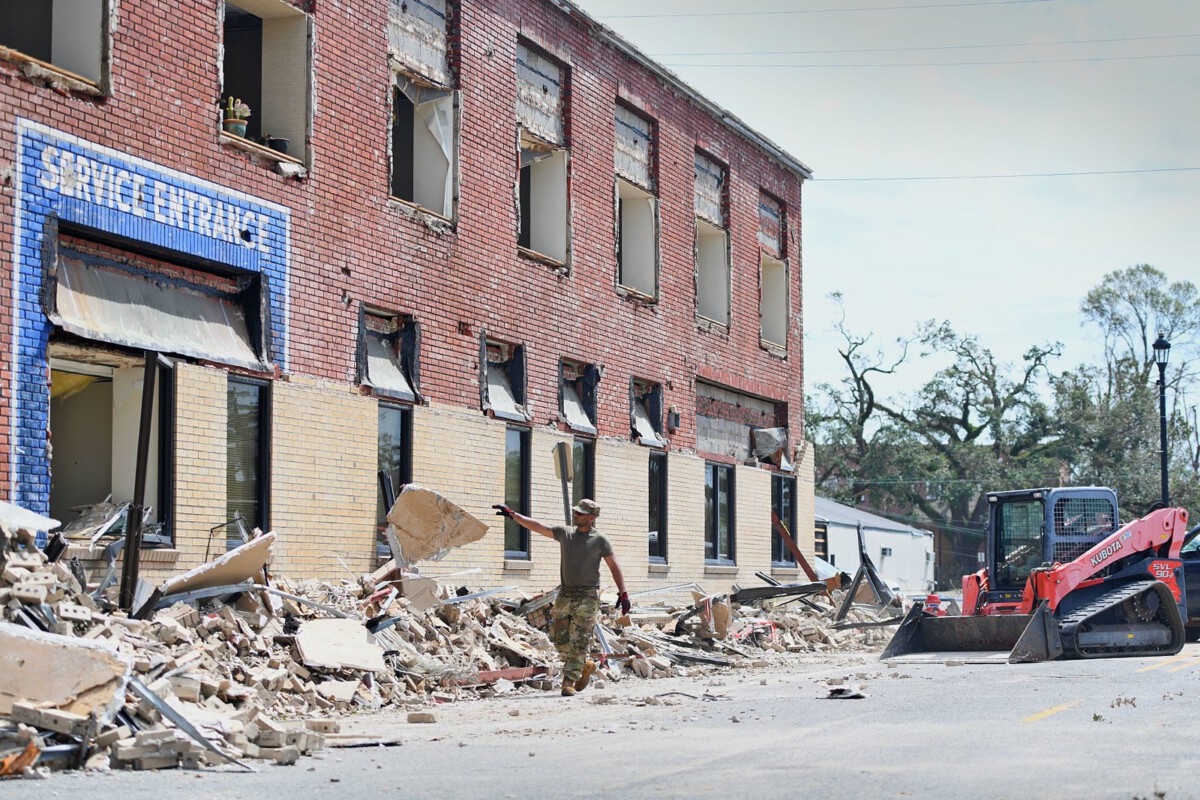The Unlikely Brainstorm Session (Image Credits: Unsplash)
In a dimly lit studio filled with easy laughter, an offhand comment during a late-night chat turned heads and sparked real debate about tackling street crime.
The Unlikely Brainstorm Session
Picture this: two big names kicking back, swapping stories on everything from politics to pop culture. That’s the vibe when Charlie Sheen joined Bill Maher on Club Random recently. They dove into the mess of urban crime, the kind that keeps mayors up at night and residents on edge.
Maher kicked things off by pointing out how a tiny slice of people fuels most of the chaos. In New York City alone, he said, about 600 repeat offenders account for a whopping chunk of arrests. It’s frustrating, right? These folks get caught, released, and right back at it, like a bad rerun no one wants to watch.
Sheen, known more for his wild Hollywood days than policy wonkery, paused the convo with a straight-shooter idea that cut through the noise.
Sheen’s No-Nonsense Fix
Why not round up those known troublemakers and stick them in one dedicated spot? Sheen suggested calling it the “600 Building” – a secure facility just for the hardcore repeaters who treat crime like a full-time gig. No more revolving door through the courts; isolate them, and watch the stats drop.
It’s blunt, almost comically simple. But in a world where soft-on-crime policies get blamed for letting chaos spill onto streets, this lands like a mic drop. Sheen wasn’t pitching some sci-fi prison; he meant using existing data to target the real drivers of disorder.
Think of it as pruning a overgrown garden. Cut out the weeds that choke everything else, and the rest can thrive without constant sabotage.
Why Maher – and Others – Are Nodding Along
Bill Maher didn’t just chuckle; he lit up, calling it “very good.” For a guy who’s often critical of both sides, that’s high praise. He tied it to why voters are fed up, flipping the script on lenient systems that let career criminals game the gaps.
This isn’t isolated chatter. Similar frustrations echo in cities like Chicago and Seattle, where officials have tried tracking high-impact offenders but struggle with follow-through. Sheen’s quip highlights a raw truth: sometimes, the obvious fix stares us in the face, but politics gets in the way.
Even online, folks are buzzing. Posts on X light up with agreement, joking that it’s like finally building that “naughty list” headquarters Santa always needed.
Diving Into the Numbers Behind the Madness
Crime data backs up the core gripe. Studies show that in major U.S. cities, a small cadre – often under 1% of the population – racks up dozens of arrests each. In NYC, those 600 names pop up again and again for thefts, assaults, you name it.
Releasing them quickly due to bail reforms or overcrowded jails? It sounds humane on paper, but it leaves communities paying the price. Sheen’s idea flips that: focus resources on containment for the worst, freeing up the system for real rehab or minor stuff.
- Target the top 1% of offenders who commit 50%+ of crimes.
- Use police databases to ID them without sweeping up innocents.
- Build tailored facilities with security, not just cages – think work programs inside.
- Measure success by drops in overall street incidents.
- Avoid mass incarceration; this is surgical, not a blanket.
Potential Pitfalls and Pushback
Not everyone’s cheering. Critics might cry “cruel and unusual,” worrying it edges toward indefinite detention without due process. Fair point – any plan like this needs ironclad rules to avoid abuse.
Still, proponents argue it’s already half-realized in programs like Seattle’s focus on 118 high-flyers, blending enforcement with services. Sheen’s version amps it up, but the goal stays the same: safer blocks without turning every block into a fortress.
Legal hurdles loom, too. Courts would have to greenlight expanded holds, and funding? That’s always the kicker in budget-strapped towns.
What This Means for Everyday Folks
Imagine walking your neighborhood without dodging sketchy scenes or hearing about the latest smash-and-grab. Sheen’s brainstorm isn’t a cure-all, but it spotlights how concentrating efforts could slash the daily grind of fear.
Cities experimenting with similar tracking see early wins, like fewer repeat busts when services kick in. It’s not about punishment for punishment’s sake; it’s reclaiming public spaces from the chaos-makers.
Key Takeaways
- Sheen’s idea targets a proven small group driving big problems, using data for precision.
- It resonates because it addresses voter anger over revolving-door justice.
- Real change demands balancing security with rights, plus smart funding.
At its heart, Charlie Sheen’s off-the-cuff gem reminds us that bold thinking can cut through stale debates – maybe it’s time to build that building and let cities breathe easier. What do you think: genius fix or too extreme? Drop your take in the comments.




